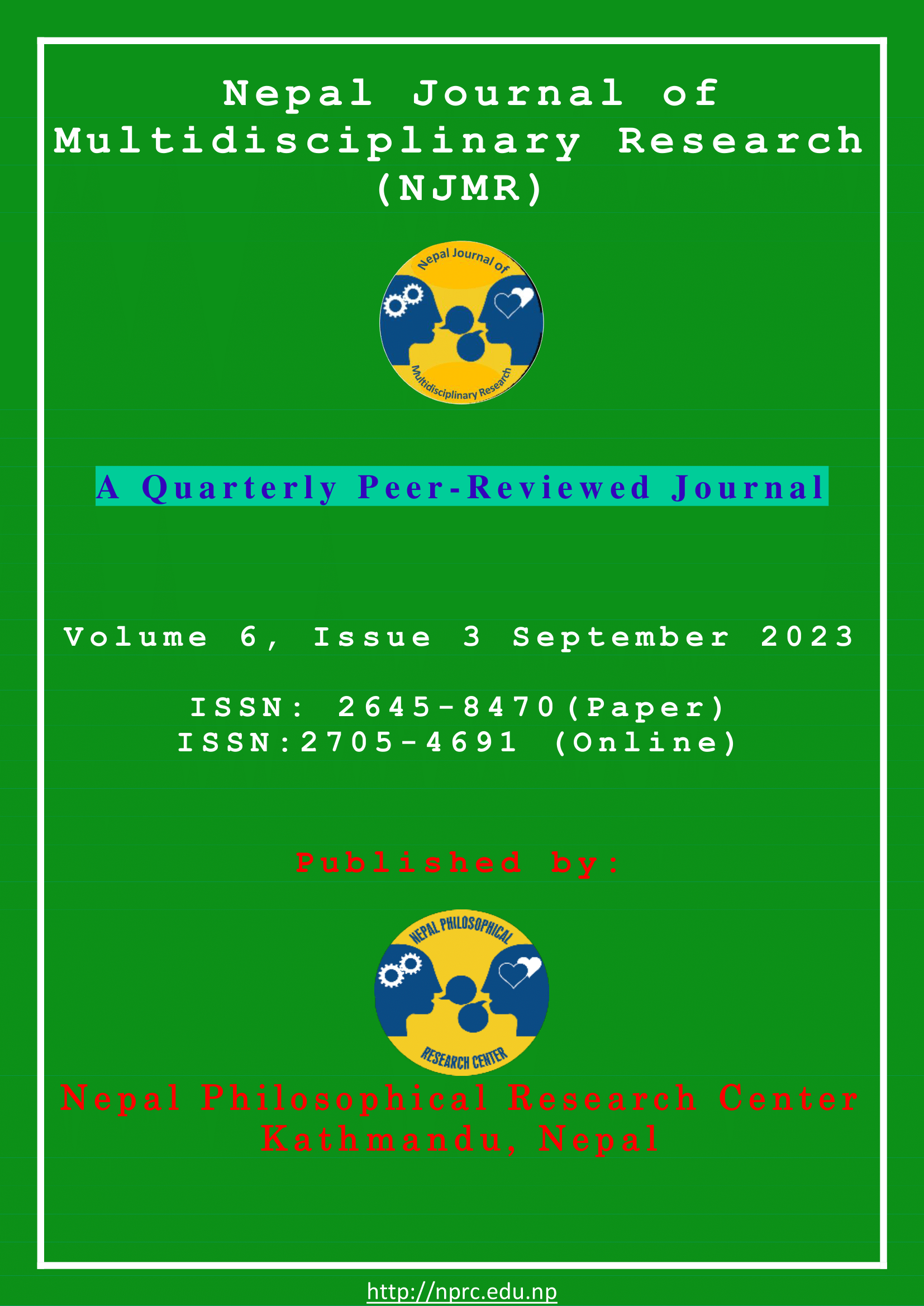Role of the Labour Court in Protecting Employment Rights
DOI:
https://doi.org/10.3126/njmr.v6i3.59517Keywords:
Court, Dismissal, Employees, ProtectingAbstract
Labor law occurred due to the requirements of workers for more affairs that are appropriate, the request to possess, & the contemporary necessities of workers to determine the qualifications of workers in many establishments & to keep labor costs down. Workers expenses could increase due to workers organizing to succeed more heightened earnings, set of costly requirements, like as stability and protection & similar opportunities conditions. Workers' establishments, like employment unions, could also transcend industrial altercations to achieve political management that some employees might differ. Laws associated with labor also apprehended as employment law are law-restraining bodies, executive ordinances, and precedents that contain the legal rights of, and statutes on, operating someone and their affinities. The study highlights employee dismissal issues, including refusal of regularization despite acknowledging temporary status, non-essential worker notification for minor discrepancies, termination violating ID Act rules deemed invalid, and clarifying suitability vs. misconduct inquiries for termination, ultimately leading to rehiring due to unlawful dismissal. The concerned authority or court should protect the right to employment further for employment protection.
Downloads
Downloads
Published
How to Cite
Issue
Section
License
Copyright (c) 2023 Deepak Raj Kandel, Sudha Gautam

This work is licensed under a Creative Commons Attribution-NonCommercial 4.0 International License.
This license enables reusers to distribute, remix, adapt, and build upon the material in any medium or format for noncommercial purposes only, and only so long as attribution is given to the creator.




